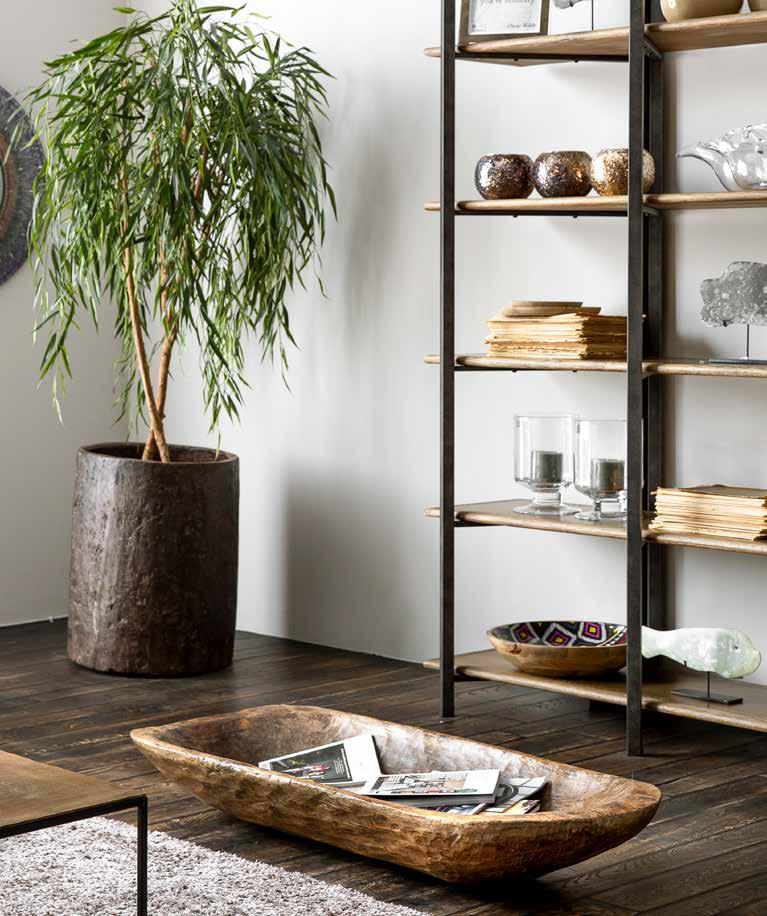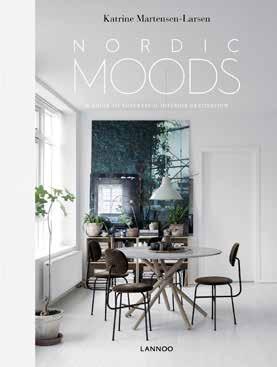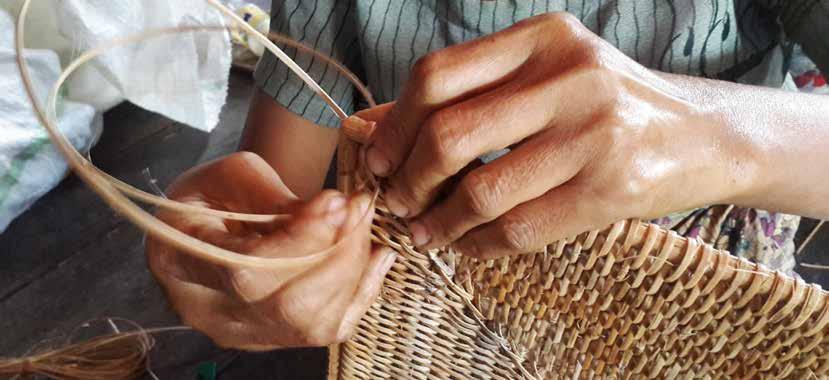
3 minute read
Wabi Sabi
'There’s a crack in everything, that’s how the light gets in,' sings Leonard Cohen in his inimitable ‘Anthem’. From the visible cracks in a table made of recycled wood to the air bubbles in a hand-blown glass vase. Unpolished and irregular. Imperfect and thus 100% unique. Alex Flamant tells the story behind Flamant's handmade collections.
THE BEAUTY OF IMPERFECTION
Advertisement
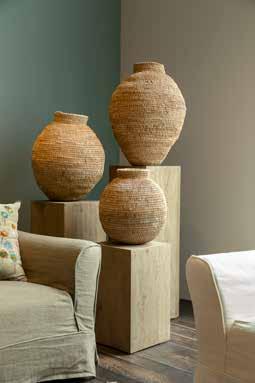
ILALA PALM All baskets are hand-woven, using natural palm fibres and grasses, which are harvested and dyed locally.
Slow living
'Flamant is known for reinterpreting furniture and decor: translating old ideas into new materials, or vice versa, to match our current living style. We've seen that more and more often, we want to return to the essence of a product. And that's why, like curators, we look all over the world for handmade pieces that are created using natural materials, local resources and an extraordinary dose of creativity. From Italy to Africa, Myanmar to South America: craftsmanship knows no boundaries. We take inspiration from these ateliers worldwide, pick up our own pencils and paper and experiment until we are 100% satisfied. This quest often starts with questions like: 'What would happen if we raised the temperature of the kiln slightly?' Because those very cracks or colour aberrations are what give a piece character. Just look at our Gili line: every plate is fired three times at 1,170 degrees, for 36 hours each time. And yet, every plate has a surprisingly different pattern, thanks to the reactive glaze. Fire is an artist that won't take orders. That is the basis of the Japanese philosophy Wabi Sabi: there is beauty in imperfection.
It's a philosophy that has grown here over the years. When Flamant began, the time wasn't right for Wabi Sabi. Now, people have more and more of an eye for and appreciation of imperfection, for unpolished nature. Thanks to the rise of discount shops and the dramatic digitisation of our lives, people are increasingly looking for authenticity, for something tactile. A return to slow living, in which handmade creations play a central role. In short: bringing real life back into our homes.'
Collector’s items
'I think it's incredibly fascinating how certain pieces come into being. The craftsmanship, expertise and especially the time that goes into some of our collections is unbelievable. For example, it
takes six months to make one Makenge basket. These decorative trays are hand-woven in western Zambia, using the roots of the Makenge tree. The root hairs are carefully harvested, boiled and sometimes dyed using natural pigments. The weaving alone takes weeks. Then you know: there is poetry in the process.
What's more, it is increasingly a craft practiced by the older generations: younger women don't see a future in it any more. So, the tradition is likely to die out over time. Sadly, many of these pieces will become real collector's items one day, particularly because each piece is different. The word 'unique' is overused these days, but these creations really are one of a kind. on the tree's size and age. So, each family or tribe uses different wood and stores it in its own special way. If the wood is stored in the kitchen, it takes on a darker and more weathered look. So, you get more than simply an interior accessory: these pieces have a story to tell.' -
Our Zulu baskets are handmade, using native materials: each one is different in size, shape, pattern and colour. But every Sieb tray and Bazz flower pot is also unique. They all differ in shape. These wooden eye-catchers are crafted from naga wood in north-eastern India. The wood varies from tree to tree, depending
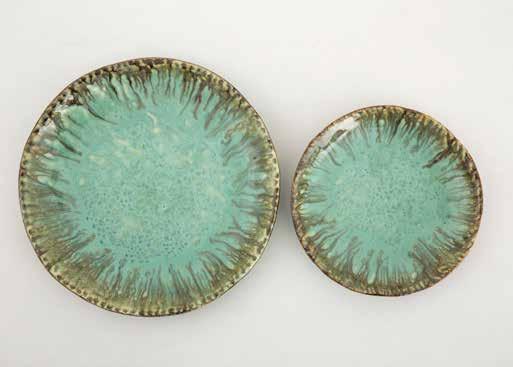
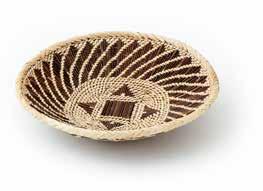
SYMBOLIC PATTERNS The African prints in many of our decorative trays have a symbolic meaning. The baskets were originally woven for weddings and ceremonies, and the pattern told the story of the marriage. The more detailed the symbolism, the better off the family.
• Triangle: masculine • Diamond: feminine • Double triangle in hourglass pattern: a married man • Double diamond shape: a married woman • Small squares or dots: fertile times (e.g. rain, a good harvest, lots of livestock, a baby...)
